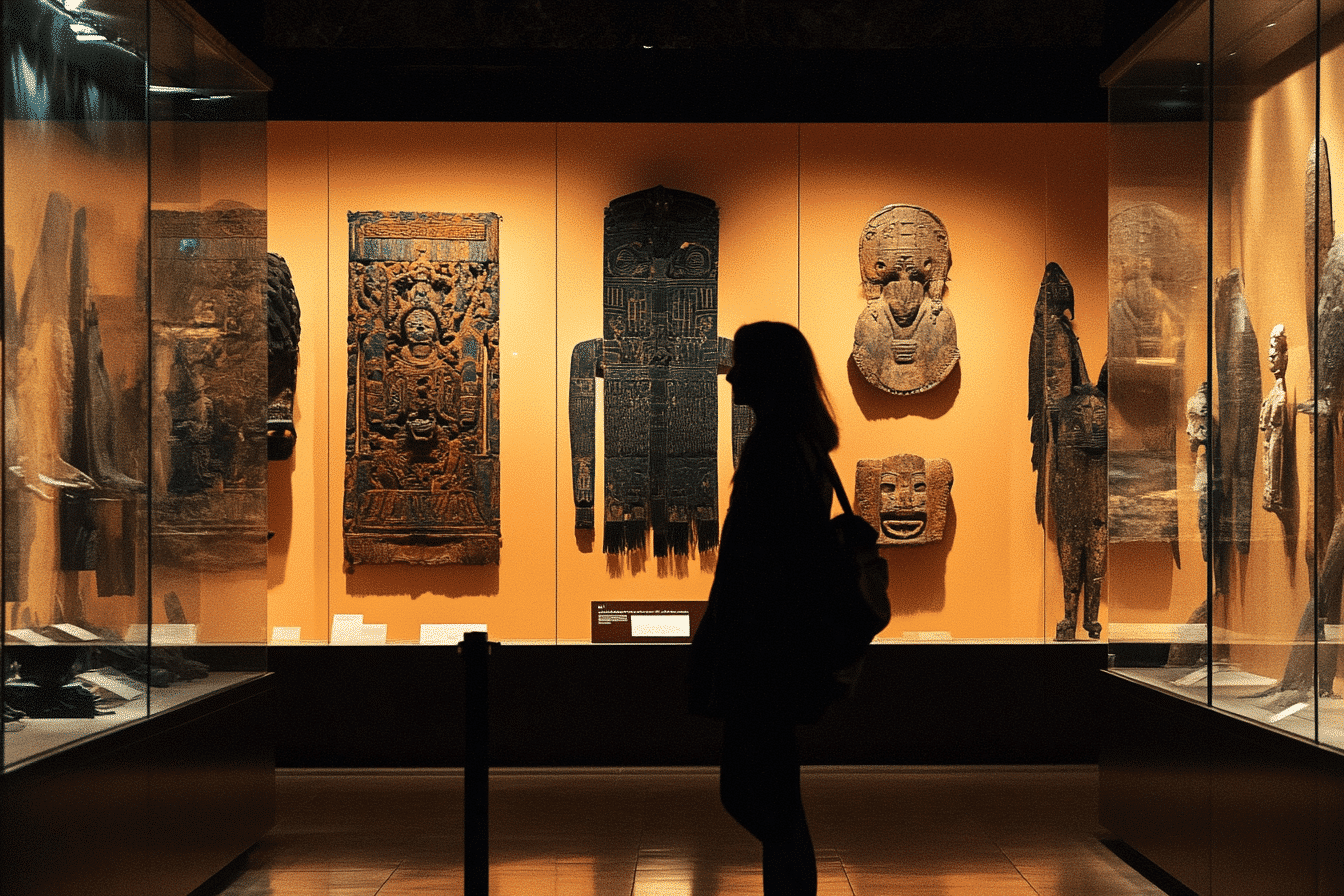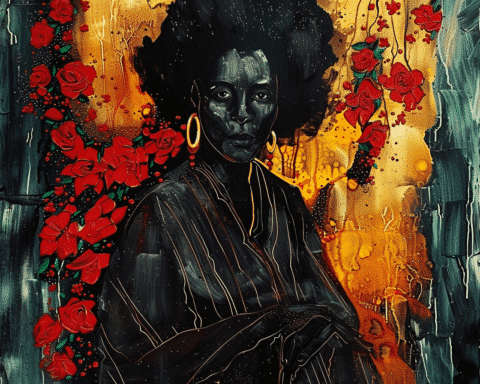For over six months, Native American exhibits across the country have been closed as museums work to comply with new federal rules. These regulations mandate that sacred or culturally significant items be returned to tribes or displayed only with their consent. Despite these efforts, tribal leaders argue that progress is slow, leaving them waiting for the return of their invaluable cultural artifacts.
A Sacred Doll Hidden from View
In the American Museum of Natural History halls, a sacred wooden doll, the ceremonial Ohtas, has been hidden from public view. The museum’s action is part of a broader effort to comply with new federal guidelines. “The collections are part of our story, part of our family. We need them home. We need them close,” emphasized Joe Baker, a member of the Delaware Tribe of Indians. This doll is just one of approximately 1,800 items under review.
Tribal Leaders Demand Faster Action
Tribal leaders, like Joe Baker, express frustration with the slow pace of museums’ compliance. They cite the Native American Graves Protection and Repatriation Act of 1990, which has long mandated the return of such items. “If things move slowly, then address that,” Baker stated, highlighting the ongoing delays.
Sean Decatur, president of the New York museum, reassured tribes that they will hear from officials soon. The museum is also planning a new exhibit to open in the fall, incorporating Native American voices to explain the history and future changes of the closed halls.
Balancing Representation and Preservation
Lance Gumbs, vice chairman of the Shinnecock Indian Nation, voiced concerns about the loss of representation of local tribes in public institutions. He suggested using replicas made by Native peoples as an alternative to displaying sensitive cultural items. “I don’t think tribes want to have our history written out of museums,” Gumbs said, advocating for a balanced approach.
Digital and Virtual Alternatives
Some tribal leaders, like Gordon Yellowman of the Cheyenne and Arapaho Tribes, call for more digital and virtual exhibits. Yellowman highlighted the significance of items like the sketchbook by Cheyenne warrior Little Finger Nail, currently in storage at the New York museum. “These drawings weren’t just made because they were beautiful,” Yellowman explained. “They were made to show the history of the Cheyenne and Arapaho people.”
Other Museums’ Approaches
Different institutions are handling the situation in varied ways. The Field Museum in Chicago has established a Center for Repatriation and has returned several items to tribes. The Cleveland Museum has reopened some exhibits with tribal consent, while Harvard’s Peabody Museum has removed a portion of its Native American items from display.
Chuck Hoskin, chief of the Cherokee Nation, praised the progress in meaningful conversations with institutions like Harvard. He noted the return of hair clippings from Indigenous children forced to assimilate in boarding schools as a significant step forward. “The fact that we’re in a position to sit down with Harvard and have a significant conversation, that’s progress for the country,” Hoskin stated.
The Future of Sacred Items
Joe Baker continues to advocate for the return of the Ohtas to their tribe, the Munsee-Delaware Nation, in Ontario. Despite not being covered by federal regulations, Baker stressed the doll’s spiritual importance. “It has a spirit. It’s a living being,” he said, lamenting its display in a static case for years.
The journey towards full compliance and the return of sacred items is ongoing, with tribal leaders pushing for faster and more respectful actions from museums.
The collaboration between museums and tribes marks a critical step in honoring Native American heritage. However, progress must accelerate to ensure the timely return of these invaluable cultural artifacts.


